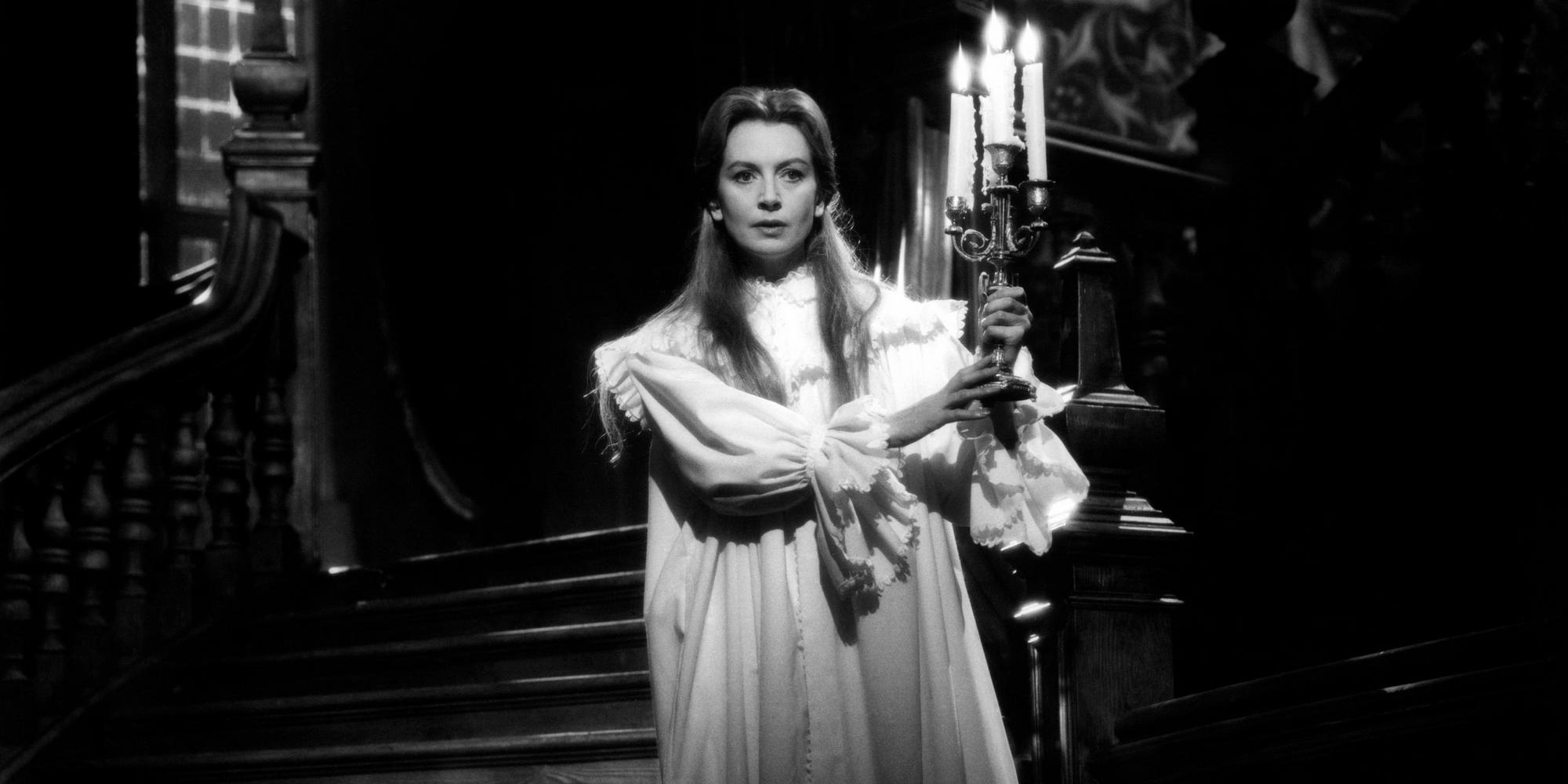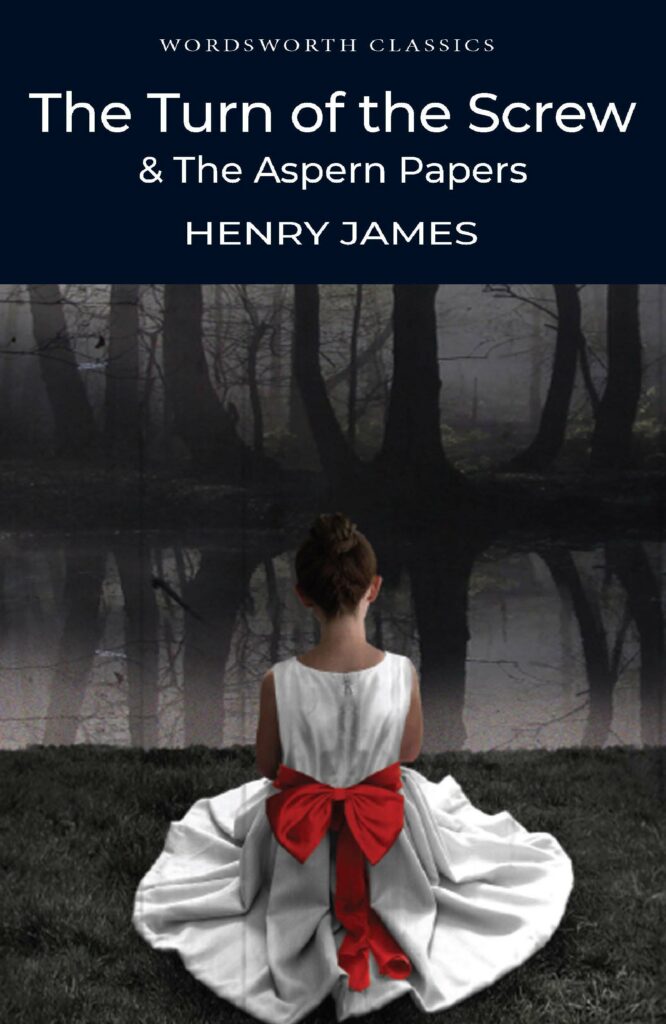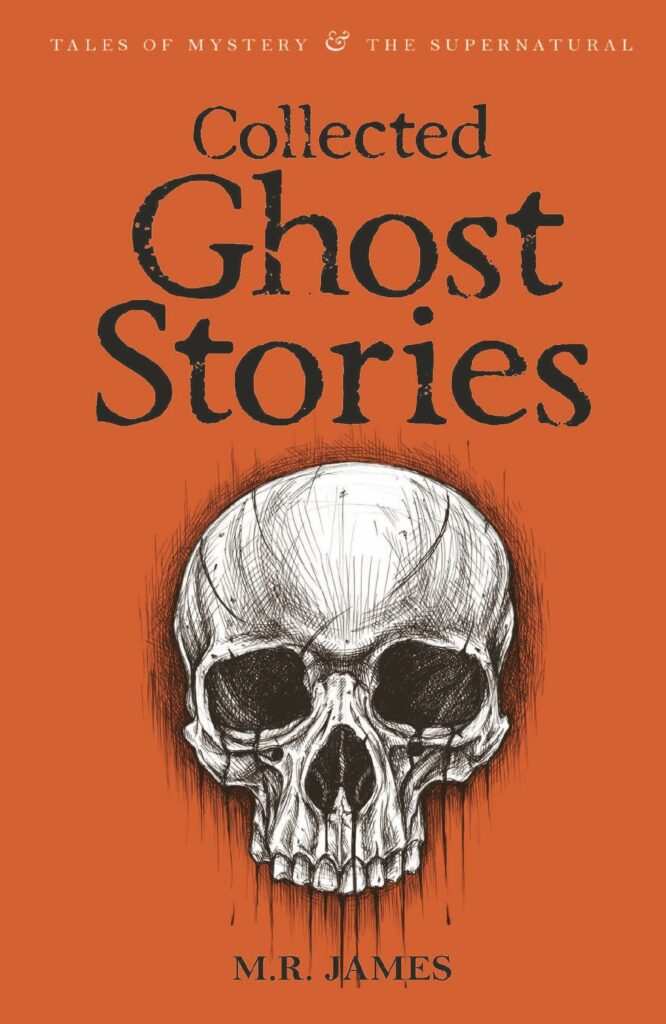
Spooks on Screen
As the nights draw in, the leaves turn red and gold with a chill wind easing them from the branches to provide a rainbow carpet below, and so we move into the Haunting Season. It is the time of Hallowe’en, when all the ghosts and long-legged beasties come out to taunt us poor mortals – taunt us and worse. The term is short for All Hallows’ Eve, which is the 31 October, the night before All Saints’ Day. The festival was Celtic in origin but was taken over by the Christian church and first called ‘Hallowe’en’ in the sixteenth century. Traditionally it was believed that the souls of the departed wandered the earth until All Saints’ Day with All Hallows’ Eve providing the last chance for the dead to gain vengeance on their enemies before moving on to the next world. Now it is the time for taking pleasure in a gruesome cache of scary stories. The encroaching winter seems an ideal moment to indulge in some vicarious hauntings.
It is true to say that most famous authors, especially those writing in the nineteenth century and the early part of the twentieth century, have, at one time or another, penned a ghost story. From Thomas Hardy to Charles Dickens and from Robert Louis Stevenson to Arthur Conan Doyle et al have created tales guaranteed to chill. And, of course, some of these stories have been taken up by film and television producers to bring them to the screen. Dramatising a spooky tale with its insidious chilling elements is no easy task and there have been as many failures as there have been successes. But when the adaptations work well, the result is gruesomely satisfying.
For me one of the most effective transitions from page to screen is the film version of M. R. James’ short story ‘The Casting of the Runes’. Originally written in 1911, the story concerns Edward Dunning, a researcher for the British Museum, who through his critical writings has decried the claims of a Mr Karswell, a self-appointed alchemist and occultist and as a result prompted him to take supernatural revenge. Dunning learns that another critic of Karswell died in a freak accident and then discovers that Karswell has cursed both men by surreptitiously passing them a piece of paper bearing magical runes which spell out their death sentence. To save his life, Dunning must return the paper to its owner.

Poster for the 1957 film ‘Night of the Demon’
The movie version, known as Night of the Demon and Curse of the Demon (1958), updates the story and gives the role of the hero to the American actor Dana Andrews. The film introduces extra elements that do not appear in the original story, including the medieval demon of the title, but it all works effectively and moves the narrative from being a strange, unsettling spook tale to an out and out thriller.
Another great film to emerge from a Victorian ghost story is The Innocents (1961) based on The Turn of the Screw by Henry James, whose novella is very sophisticated and sexually charged, elements which are translated most effectively in the film. The plot concerns the appointment of Miss Giddons as governess to two young children, Flora and Miles, at a lonely country house on a large estate. Instantly Miss Giddons senses a strange atmosphere in the house, and she soon grows disturbed by the children’s occasional odd behaviour and is bothered by the disembodied voices of a man and woman whom she eventually deduces are the voices of Quint and Miss Jessell, deceased employees at the house. Unsure of her own sanity, Miss Giddons comes to believe that the ghosts of the two dead servants are attempting to possess the bodies of the children. The film, like the book, is an unsettling slow burner and both provide a number of heart-stopping moments.
Another novel that is set in a lonely house tainted by sprits of the past is The Haunting (1963) based on the famous novel The Haunting of Hill House by Shirley Jackson. Hill House has a tragic history and there have been many unexplained events that have taken place within its ancient walls. John Markway (Richard Johnson) decides to investigate, inviting three others to join him: a psychic; a woman who has experience poltergeist activity as a child; and the heir to the property. The dark spirits that dwell in the house do not take kindly to their presence. Both novel and movie are genuinely frightening.
The Legend of Hell House (1973) by Richard Matheson, who also wrote the screenplay of the movie, also deals with a spiritually contaminated old pile. Again, we follow a group of researchers who spend a week in the former home of a sadist and murderer where previous paranormal investigators have died inexplicably. The film is a full-on horror fest, while the novel is more subtle in presenting its chills.
Susan’s Hill’s The Woman in Black (1983) is a brilliant Victorian pastiche in which she captures the period and cadences of the literature of that period, while providing us with the most chilling depiction of evil and terror personified in the title character. We are led on to the fog shrouded marshes out to the lonely Eel Marsh House with Kipps, the young lawyer, who has to deal with the estate of the deceased Mrs Drablow. However, it becomes apparent that while the owner of the property is dead, her spirit is very much at large in the property. It is a really frighteningly atmospheric book, the essence of which the film (2012), starring Daniel Radcliffe, never quite manages to capture.
M.R. James is regarded as the doyen of ghost story writers. His subtle way with unsettling and sometimes horrific moments in his tales is masterful. Often these moments come unexpectedly and in a cunning way they are only veiled glimpses of the dark unpleasantness that he suggests. In this way James prompts the reader to enhance the grim scenes using their imagination, making it all the more bone chilling. His stories have been adapted by the BBC for many years at Christmas time and are faithful to the period and structure of the tales. In 1972 there was an excellent version of ‘The Stalls of Barchester’, which became the first of the series A Ghost Story for Christmas. This was followed by ‘A Warning to the Curious’ (1972), ‘Lost Hearts’ (1973), ‘The Treasure of Abbott Thomas’ (1974), and ‘The Ash Tree’ (1975).
More recently Mark Gatiss has taken up the James baton and adapted and directed further stories: ‘The Tractate Middoth’ (2013), ‘Martins Close’ (2019), and ‘The Mezzotint’ (2021).

Alastair Sim, as Scrooge, 1951
Of course, no survey of ghost stories would be complete without mention of the daddy of them all: A Christmas Carol. This has been a favourite spooky tale since its original publication in 1843. Part of the pleasure of this story is the redemption of the covetous old miser Ebenezer Scrooge and providing the reader with a happy ending. Nevertheless, Dickens does not shy away from creating a number of fearsome and disturbing scenes. The most famous, and indeed the best, filmic representation of this beloved classic is the 1951 version Scrooge with the brilliant Alistair Sim as the titular character. He is the personification of the embittered old miser whose icy harshness melts gradually as he encounters the three spirits who come to haunt him.
Such a brief survey as this can only skate over the surface of the rich cauldron of ghostly goodies that have made it from page to screen but I hope I’ve given you a flavour of what is out there in the spooky darkness. For me, this Halloween season will see me in a dimly lighted room with a glass of wine and a volume from the Wordsworth Mystery and Supernatural department. There you will find such gems (recommended gems) as the stories of M. R. James, Elizabeth Gaskell, E. F. Benson and Classic Victorian and Edwardian Ghost Stories. And of course, there is always A Christmas Carol. Even if you’ve read it before, sampling it again will provide greater insight and pleasure. And chills!
And whatever ghostly yarn you are reading, don’t for an instant look behind the curtain – you never know what you might encounter.
David Stuart Davies
Main image: Deborah Kerr in the 1961 film The Innocents. TM and Copyright © 20th Century Fox Film Corp. All rights reserved. Courtesy: Everett. Credit: Everett Collection Inc / Alamy Stock Photo
Image 1 above: Poster for the 1957 film Night of the Demon based on the M. R. James short story ‘The Casting of the Runes’
Credit: Pictorial Press Ltd / Alamy Stock Photo
Image 2 above: Alistair Sim in the 1951 film Scrooge. Credit: Everett Collection Inc / Alamy Stock Photo
Books associated with this article

Turn of the Screw & The Aspern Papers
Henry James
